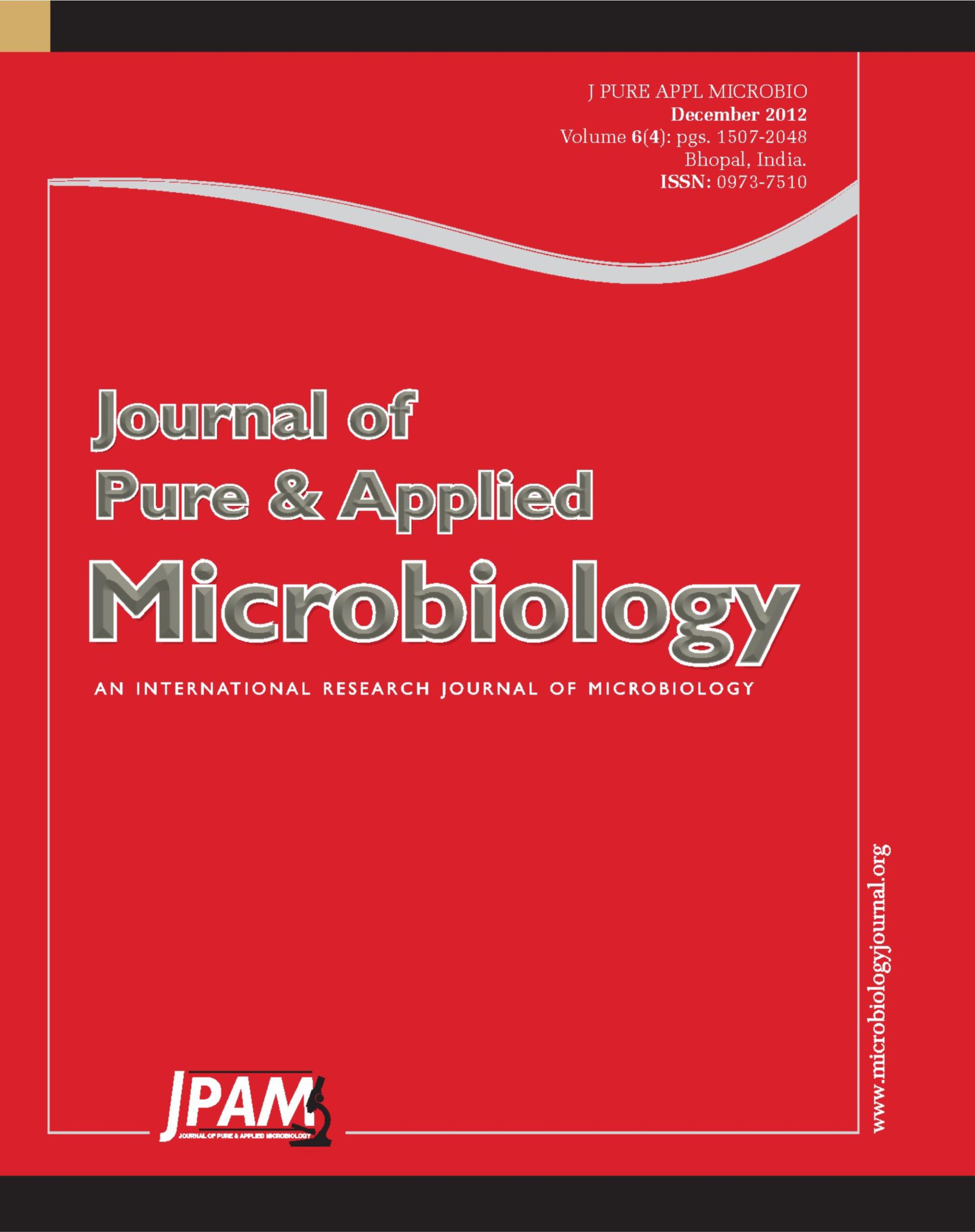This study aimed to assess the growth pattern of adolescent boys in Mysore city in south India. In this cross sectional study anthropometric profile of 1083 boys aged 10- 18years was measured and compared to 50th centiles of W.H.O standards for height and weight and the measurement of MUAC and SFT were compared to NHANES standard. Self-reporting questionnaire to obtain data related to family socioeconomic status and personal information was implemented. The increase in height exhibited linearity from 10 to 18 years of age, mean height was 141.8±1.56 cms in boys aged 10years while boys aged 18 year had a mean height of 172.2± 7.15 cms The mean weight at age 10 was 31.7± 3.10 kgs and at 18 years the mean body weight was 58.6± 9.04 kg . In this study population the mean BMI was15.63±2.21 at the age 10 and increased to 19.71 ± 2.42 at age 18th year The mean MUAC at the age 10 was 19.6±1.72 cm and skin fold at triceps was 11.07±3.5 mm. These participate boys were shorter and lighter in all the stages of adolescences as compared to reference, although the difference for height was smaller than that seen for weight BMI, of boys in all age groups was lower as compare to the W.H.O references.
Adolescent age, Boys, Anthropometric profile, Growth, India
© The Author(s) 2012. Open Access. This article is distributed under the terms of the Creative Commons Attribution 4.0 International License which permits unrestricted use, sharing, distribution, and reproduction in any medium, provided you give appropriate credit to the original author(s) and the source, provide a link to the Creative Commons license, and indicate if changes were made.


